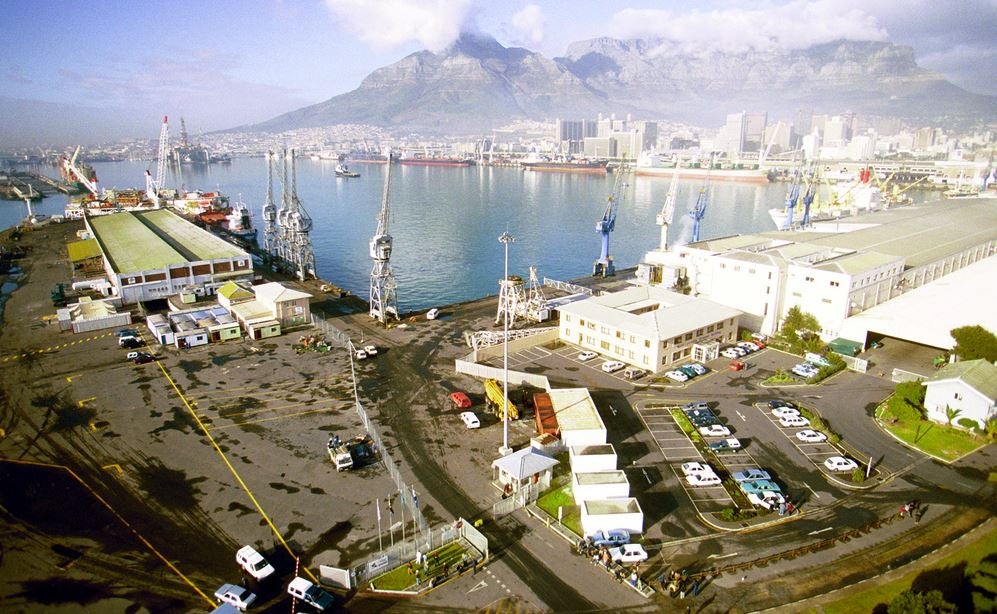
There is strong evidence that suggests that the South African tourism industry can help create a large number of secure, inclusive jobs. Despite the global financial crisis and a sector which competes on a global level, it created 48,000 jobs since 2008. Furthermore, many of these jobs are low-skilled, located in towns where there is not much other economic activity and have a higher-than-average representation of women and the youth. In addition, there are also opportunities for employees to increase their skills and their wages, so they do not remain in a low-wage, low productivity wage cycle permanently.
Between 1994 and 2014, real income per capita in South Africa increased by 2.9 percent per annum. Despite this growth, the narrow unemployment rate increased from 22 percent to 25 percent over the same period. In other words, South Africa has experienced jobless growth, fueled by an increase in capital intensity and growth in the highly-skilled government and financial services industries. The economic contribution of traditional sources of labor-intensive growth, such as manufacturing, have halved in size since 1994. As a result, policymakers have been forced to look at other industries which could potentially lead to employment-led growth.
Tourism is seen as a driver for growth because of its linkages with other parts of the economy. Prominent industries related to tourism include transport, retail, catering, construction and arts and crafts. To obtain the full benefits of these linkages, leakages within the system need to be minimized. For example, construction companies should source the majority of materials locally, and locals should be employed.
In 2005, the number of jobs dependent on tourism was approximately 475,000. This has risen to 680,000 in 2014, representing an annual average growth rate of 4.1%. The annual average growth rate of overall South African employment over the same period was 2.7%. In Figure 1, we compare the tourist employment growth rate to the overall employment rate.
Figure 1: Tourism and Overall Employment Growth (%)
In comparison to the overall employment growth rate, the tourist employment growth rate is more volatile. That is, when the overall employment growth rate increases or decreases, the tourism employment rate increases or decreases at a greater rate. For example, between 2007 and 2008, the number of employed increased by 12% – for tourism, it was 22%. After the financial crisis, the overall number of jobs decreased by 2.7% – for tourism, it was 6.4%.
However, as illustrated in Figure 2, tourism has recovered faster than many industries since the financial crisis. Since 2008, it has added 48,000 jobs. This figure is far less than that of finance and community and social services. But the tourism industry is heavily influenced by factors outside its control, such as the strength of a country’s currency, political stability and security. Furthermore, tourism is a globally competitive industry. In this context, the 48,000 jobs added is an admirable number.
Figure 2: Number of Jobs Gained/Lost between 2008 and 2014 ('000s)
Tourism as a tool for inclusive growth
One prominent feature of the South African tourism industry is that it is spatially dispersed. While other industries such as finance or manufacturing are concentrated in the major metropolitan areas such as Cape Town or Durban, tourist towns are spread out across South Africa. For example, a tourist in Cape Town could also visit towns along the Garden Route such as Hermanus, George, Knysna and Plett. In Johannesburg, tourists would have the opportunity to visit the Cradle of Humankind in Maropeng, and is close to Sun City in the North West province. In Durban, tourists would flock to the North Coast, and in particular towns such Ballito.
A second feature of tourism in South Africa is the high proportion of females and youth involved in the sector. Approximately 62% of jobs in tourism are occupied by women, significantly higher than proportion of jobs occupied by women (45%) in the overall economy. Around 11% of jobs are occupied by the youth (15-24) – slightly higher than the overall proportion of jobs occupied by the youth (8%). In comparison to other major sectors, tourism has the second-highest proportion of youth employed, after manufacturing.
Recent research has revealed the development impact of tourism employment. In one study, the authors conducted qualitative interviews with predominantly black, female employees in Dullstroom, Mpumalanga, a small town primarily known for its fly-fishing and agri-tourism. The interviews revealed that while many of the jobs were unskilled and low-paid, they were both permanent and secure, with many employees having had a job for a decade or more. Furthermore, some employees were afforded the opportunity to improve their skills, through employers paying for their courses. As a result, some employees were promoted to supervisors and managers, which increased their salary and standard of living. Without tourism, these individuals would neither have a job nor would they have the opportunity to increase their skills.
Follow the World Bank Jobs Group on Twitter @wbg_jobs




Join the Conversation